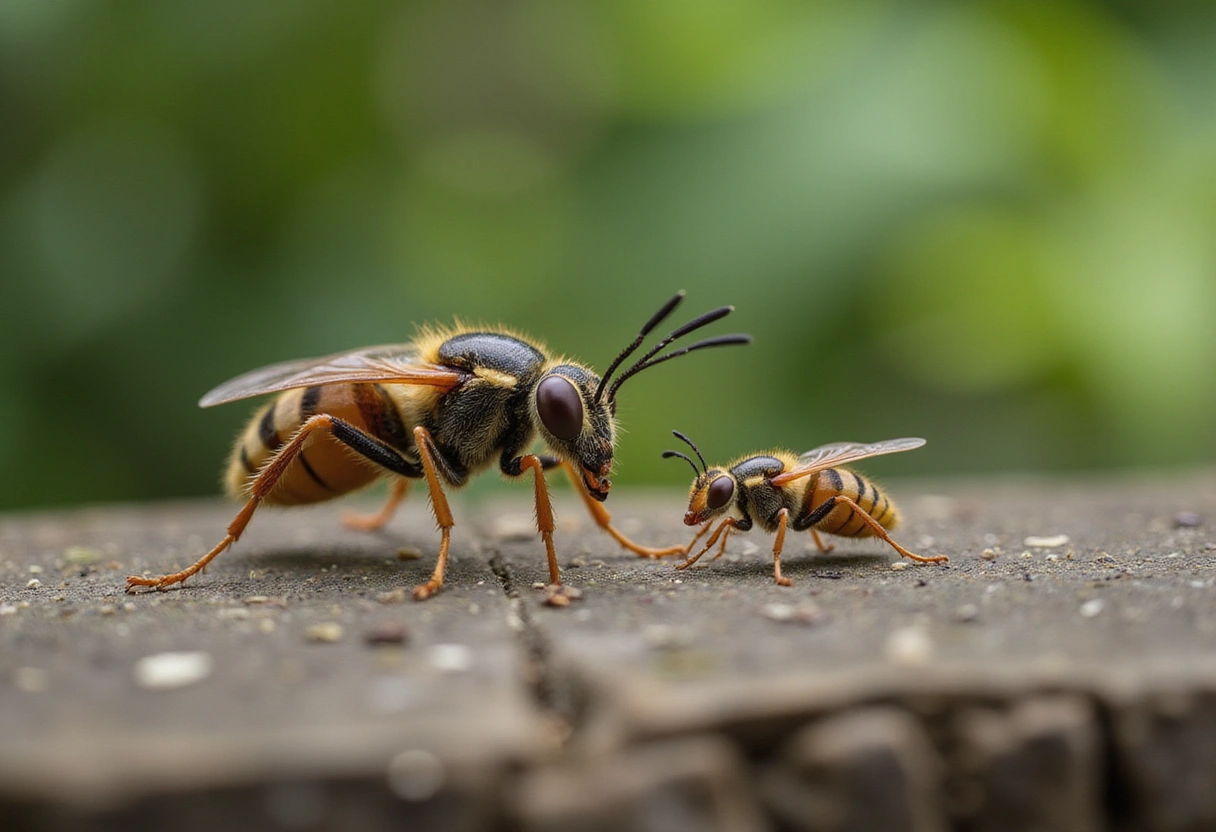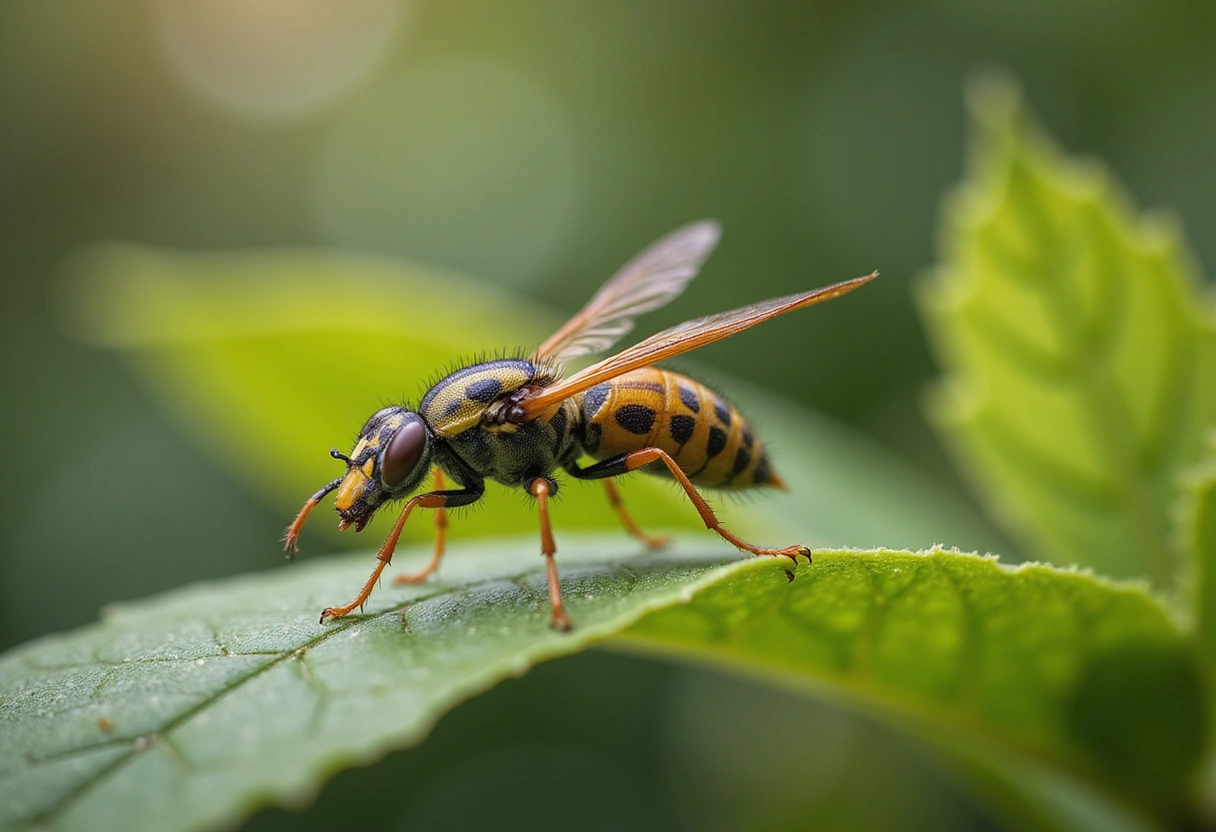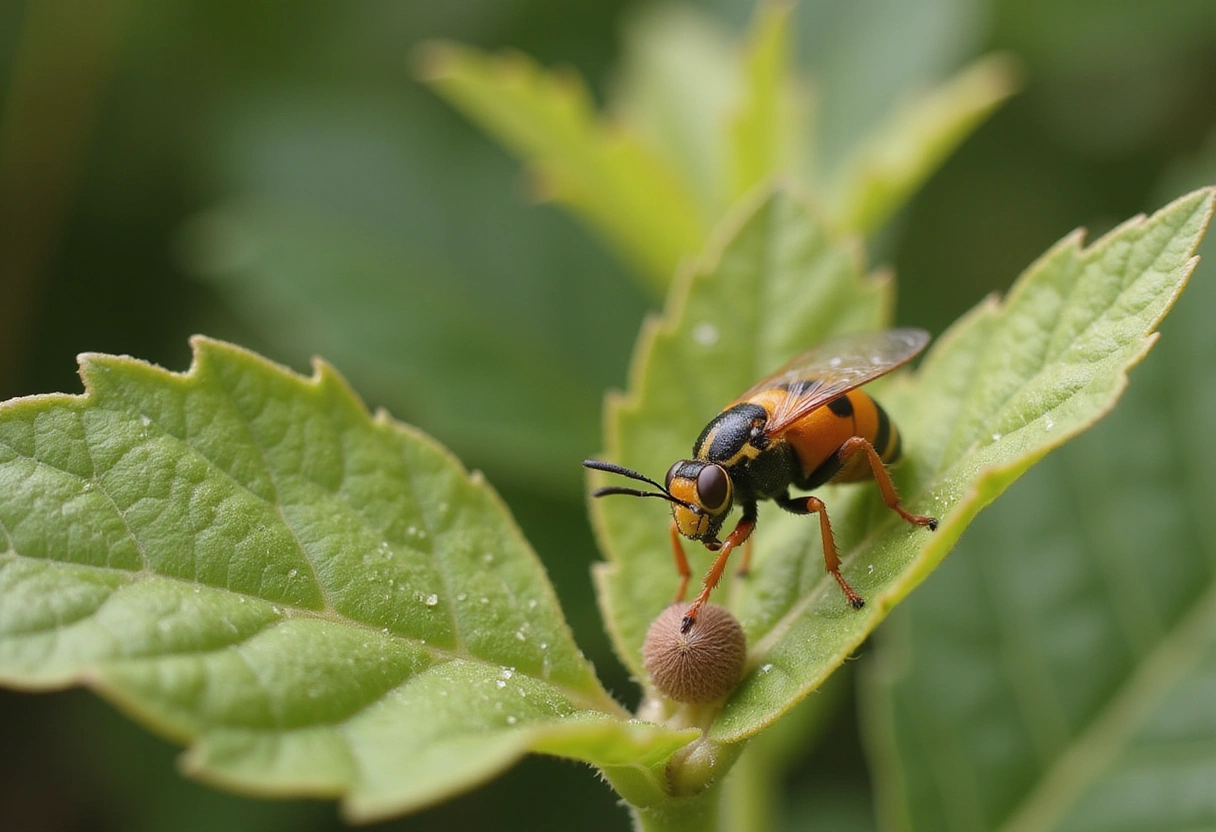
Insects are an incredibly diverse group of organisms that play crucial roles in ecosystems around the world. As the most numerous animals on the planet, they are found in nearly every habitat and perform essential functions such as pollination, decomposition, and serving as a food source for other animals. However, to fully appreciate their importance, one must understand their behavior patterns and the various factors that influence these behaviors. This guide aims to provide an in-depth exploration of insect behavior patterns, what influences them, and a closer look at the top ten most fascinating insect species.

Insect behavior encompasses a wide range of activities, including foraging, mating, nesting, and communication. These behaviors can be influenced by various internal and external factors, including environmental conditions, genetic predispositions, and social interactions.
Insects exhibit both innate and learned behaviors. Innate behaviors are instinctual and genetically programmed, while learned behaviors are acquired through experience.
Understanding this distinction is crucial for anyone interested in insect species identification and behavior, as it can help predict how certain species will react in different environments.
Several factors influence insect behavior, including:

Exploring the diverse world of insects reveals a plethora of fascinating species, each with unique behaviors and adaptations. Here are ten of the most intriguing insect species that exemplify the incredible variety found within this class of animals.
The bombardier beetle is known for its remarkable defense mechanism. When threatened, it can eject a hot, noxious chemical spray from its abdomen, which can deter predators. This unique adaptation showcases the interplay between behavior and environmental pressures.
Monarch butterflies are famous for their long migratory patterns, traveling thousands of miles from North America to central Mexico. Their migration is influenced by seasonal changes, and they rely on specific environmental cues to navigate.
Leafcutter ants are remarkable for their complex social structures and agricultural practices. They cut leaves and bring them back to their colonies, where they cultivate fungi as a food source. Their behavior highlights the intricate relationships within ecosystems.
Fireflies, or lightning bugs, are known for their bioluminescent displays during mating rituals. The patterns and intensity of their light signals can vary among species, making them a fascinating subject for studying communication in insects.
The praying mantis is notable for its predatory behavior and unique mating rituals. Female mantises are known to sometimes consume their male partners after mating, a behavior that has intrigued scientists studying sexual selection and evolutionary strategies.
Honey bees are essential pollinators and are known for their complex social behavior and communication through the "waggle dance." This dance helps inform other bees about the location of food sources, demonstrating the importance of social interactions in their behavior.
Dragonflies are exceptional hunters with remarkable flight capabilities. Their predatory behavior and aerial agility allow them to catch prey mid-air, showcasing adaptations that enhance their survival.
Stick insects are masters of camouflage, using their appearance to blend into their surroundings to avoid predation. This behavior illustrates the role of physical adaptations in survival strategies.
Silk moths, especially the Bombyx mori, are known for their ability to produce silk. Their behavior during the pupal stage, where they undergo metamorphosis, is a significant part of their life cycle and has been exploited in the textile industry.
Cicadas are famous for their loud mating calls, which can be heard during the summer months. Their life cycle includes long periods underground, where they develop before emerging to mate, highlighting the unique adaptations in their developmental behavior.

Insects are profoundly influenced by their environments, which shapes their behavior patterns. Understanding these environmental factors can help in species identification and studying ecological interactions.
Climate change has been affecting insect populations and their behaviors in numerous ways. Changes in temperature and precipitation patterns can alter the timing of life cycles, such as mating and feeding.
Human activities, such as deforestation and urbanization, have significant impacts on insect behavior. Habitat loss can lead to changes in food availability and increased competition among species.
Despite the extensive research on insects, several misconceptions persist regarding their behavior and ecology. Addressing these can enhance our understanding and appreciation of these remarkable creatures.
Many people view insects primarily as pests. While some species can cause damage to crops or spread diseases, the vast majority are beneficial. They play essential roles in pollination, decomposition, and as a food source for other animals.
Insect behavior is often seen as simple and instinctual. However, many species exhibit complex social structures and learned behaviors that reflect adaptability and intelligence.
Insects are vital to ecosystem health. They contribute to nutrient cycling, pollination of plants, and serve as a food source for a wide range of animals. Their decline could have cascading effects on food webs and ecosystem stability.
For nature enthusiasts, students, and curious minds eager to explore the world of insects, here are some practical tips to observe and understand insect behavior patterns effectively.
Create an Insect Journal: Document your observations of various insect species. Note their behaviors, interactions, and environmental conditions to enhance your understanding of their patterns.
Engage in Citizen Science: Participate in local insect monitoring programs or contribute to databases that track insect populations. This can provide valuable data for researchers and enhance your observational skills.
Utilize Technology: Use apps and online resources for insect identification. Many tools are available that can help you learn about different species and their behaviors.
Conduct Simple Experiments: Set up controlled environments to observe how insects respond to different stimuli, such as light or temperature. This hands-on approach can deepen your understanding of their behavior.
Insects are integral to the health of ecosystems, and understanding their behavior patterns can reveal much about environmental changes. The intricate relationships between insect species and their habitats underscore the importance of conservation efforts.
Pollinators, primarily bees and butterflies, are crucial for the reproduction of many plants. The decline in insect populations poses a significant threat to global food security, highlighting the need for awareness and conservation.
Insects like beetles and ants contribute to soil health by breaking down organic matter and aerating the soil. Their behaviors play a vital role in nutrient cycling, demonstrating their importance in maintaining healthy ecosystems.
Understanding insect behavior patterns is not just an academic pursuit; it fosters a deeper appreciation for the natural world. The Banana Slug Club is dedicated to educating nature enthusiasts, students, and children about the fascinating world of insects and their critical roles in ecosystems. By engaging with our resources, you can learn more about species identification, ecological interactions, and the importance of conservation.
We invite you to explore our website for more information on insect behavior and ecology. Whether you are a student eager to learn or a nature enthusiast looking to deepen your understanding, the Banana Slug Club has something for everyone. Join us in celebrating the incredible diversity of insects and their vital contributions to our planet.
Get free resources, early access to new features and updates.
No spam. Just fun educational emails!